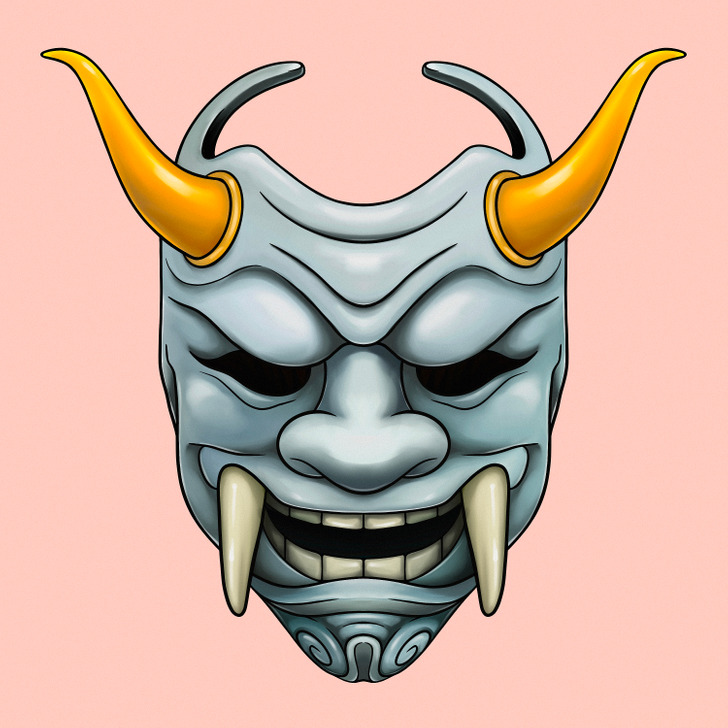A Guide to Different Traditional Japanese Masks
Traditional Japanese masks play an important role in Japanese culture. Even though their origins are related to religious cults and art performances from the past, it’s still possible to see them worn by Shinto dancers, actors, or other people in theater plays or traditional festivals. For instance, masks are worn to represent characters or emotions in the Kabuki theater. Although masks can look quite different from one another, they portray a piece of this country’s mythology and history in their own special way.
5-Minute Crafts has prepared this guide with some of the most popular masks from Japan and their main characteristics.
1. Hannya
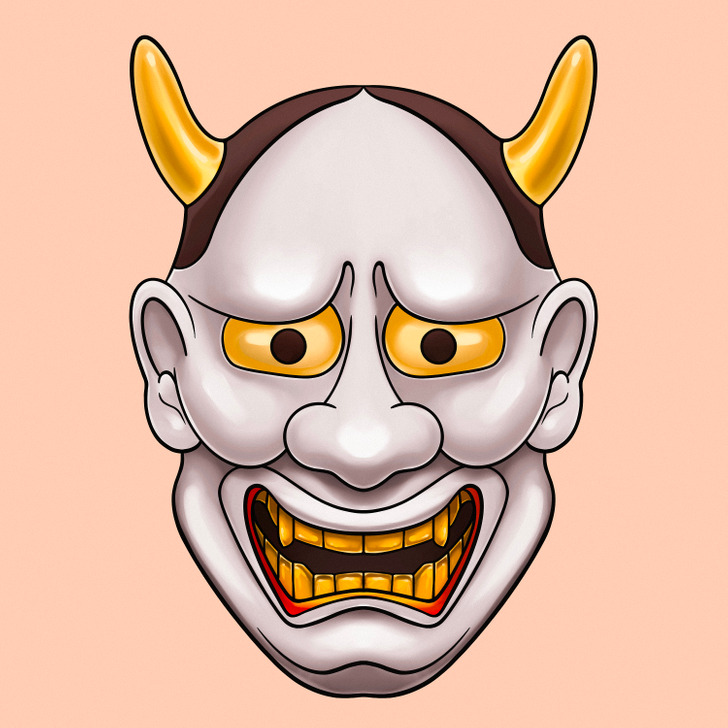
The Hannya mask, very popular in Japanese culture, is often seen in paintings, movies, or tattoos. According to the legend, it represents the demon, Hannya, the ghost of a beautiful woman who was deeply hurt by the man she once loved and, as a consequence, she comes back in anger looking for revenge.
This Japanese mask is characterized by its square jaw, a large open mouth with a scary smile, 2 horns, and shaggy black hair.
2. Kitsune
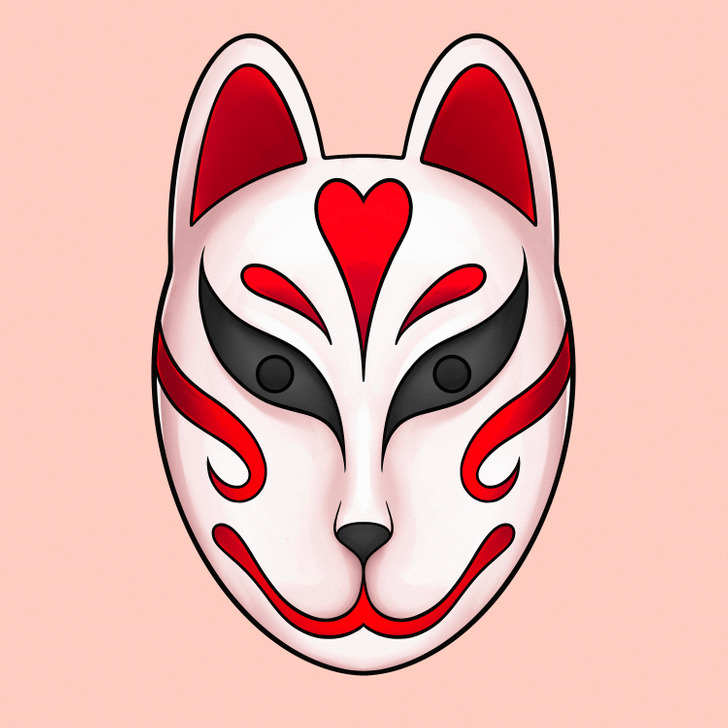
The Kitsune are fox creatures that, according to the legend, were able to change their shape and were the messengers of Inari, the goddess of commerce, rice, and prosperity.
These masks are often worn by people in Shinto festivals, where attendees may also apply makeup to resemble a Kitsune mask instead of wearing one.
3. Tengu
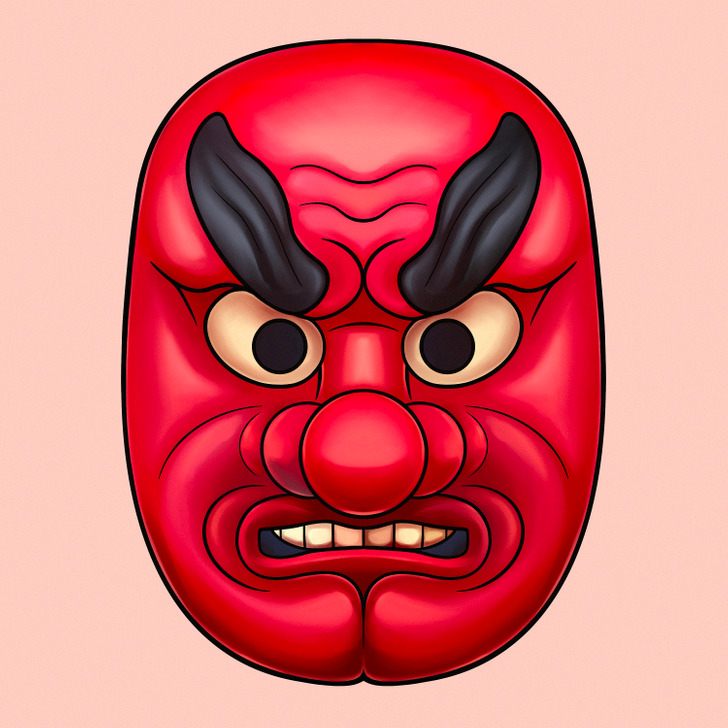
Although the Tengu mask can look quite scary, it doesn’t represent a demon or monster. These masks are believed to resemble the brave demigods that protect the mountains. They’re usually used in certain plays and festivals in Japan and even serve as decoration since these creatures are believed to bring good luck and scare bad spirits.
The Tengu mask is characterized by a red, angry face with a very long nose, which comes from the legend that these creatures were thought to look like birds. However, they adopted a more human look over time, but their nose remained the same.
4. Hyottoko
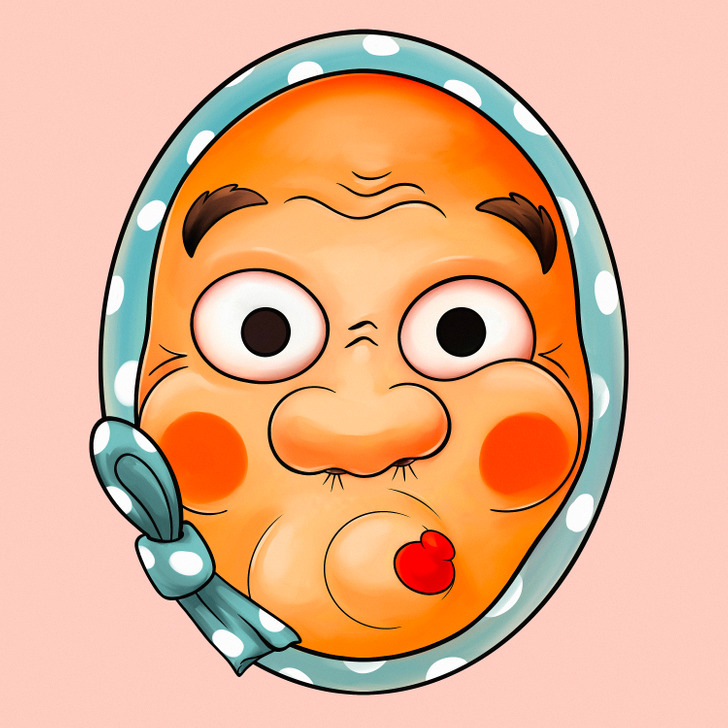
Hyottoko is a character of Japanese mythology whose legend can differ within the regions. However, he is believed to be a lucky spirit with a comical face in all variations of the story. According to one of them, this figure is a little boy who would be able to make gold from his navel.
The Hyokotto mask has a funny expression with a rounded skewed mouth, and it’s usually seen in traditional Japanese festivals.
5. Okame
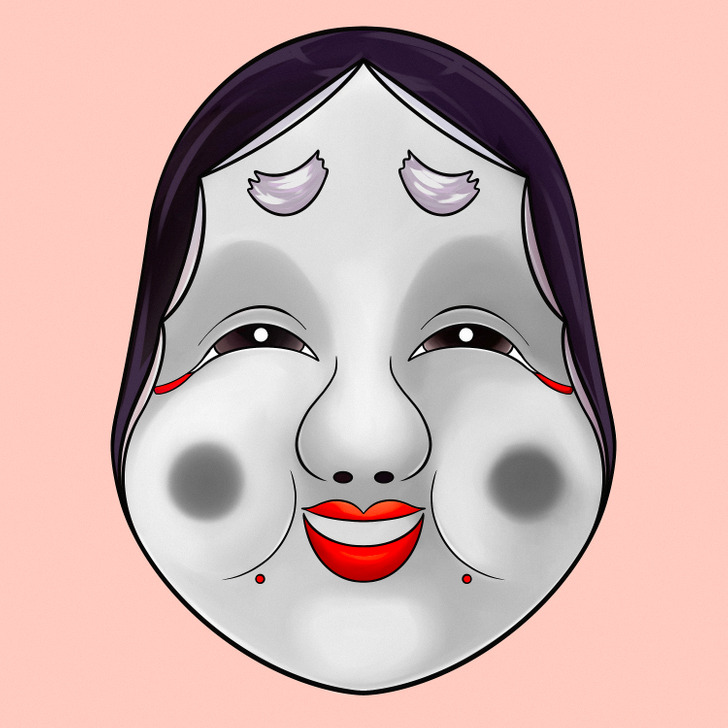
Also known as Otafuku, this character is believed to be the female counterpart of Hytokko. Both masks are usually worn together by dancers to perform funny dance steps. However, Okame is thought to be a goddess who gives good fortune.
This traditional Japanese mask is easily recognizable, as it has a large oval head, smiling eyes, and a cheerful expression.
6. Noh
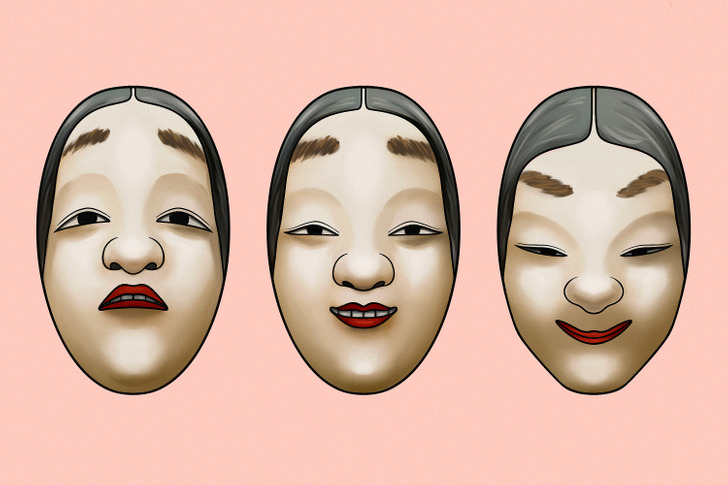
These types of masks are very common in Japan because of their use in Noh performances, a form of classical dance-drama in Japanese theater. These masks show different emotions depending on the perspective the audience has and the way the light illuminates the masks.
It’s believed that there are about 250 different types of Noh masks today, which represent both human and non-human figures, as well as the gender, age, and social status of these characters.
7. Kappa
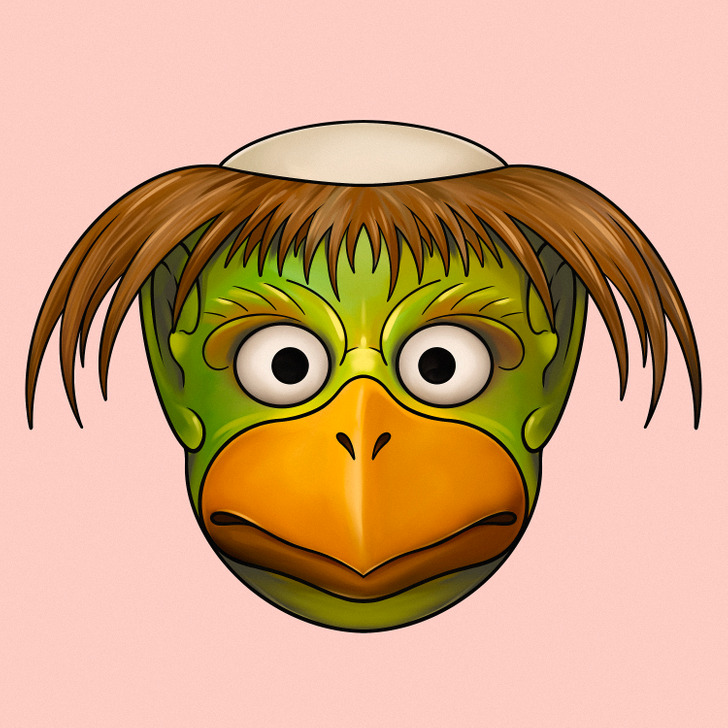
The Kappa mask represents mythical river monsters that attack humans while they’re swimming and dare them to sumo wrestling.
These masks are not very common in Japanese festivals. However, it’s possible to find them on ancient statues or in theater performances.
8. Men-yoroi
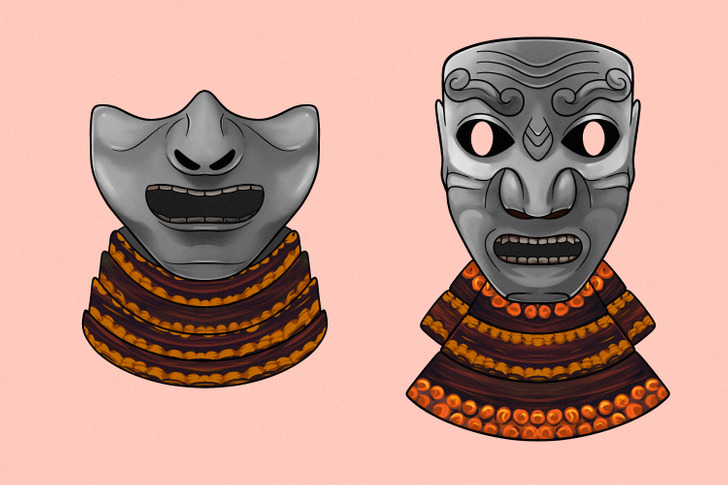
Men-yoroi masks were a type of facial armor worn by samurai and warriors. The types of Men-yoroi masks include the “somen” style, which covered the whole face to provide more protection to the warrior, and the “menpo” style, which covered only part of the face.
Nowadays, it’s possible to find these masks in different museums across Japan, which allows people to learn more about them.
9. Komainu
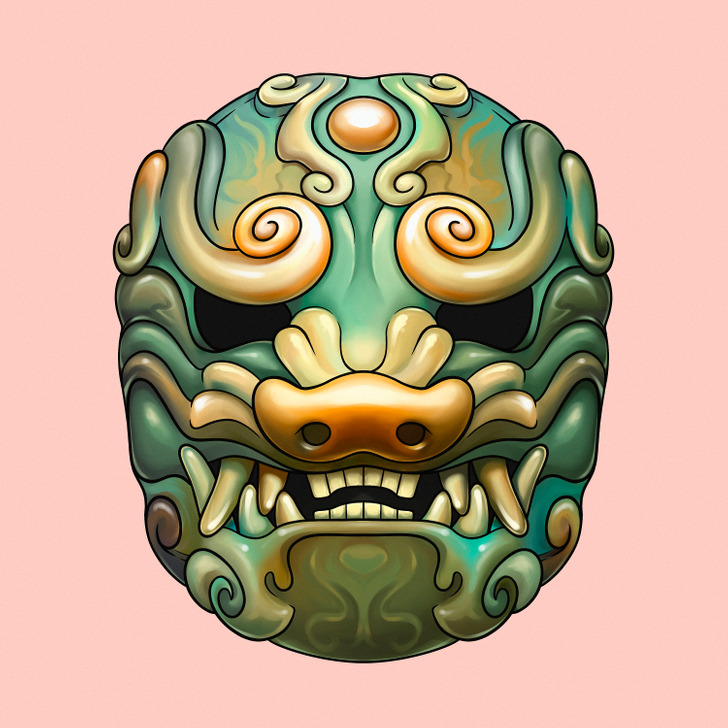
10. Oni
